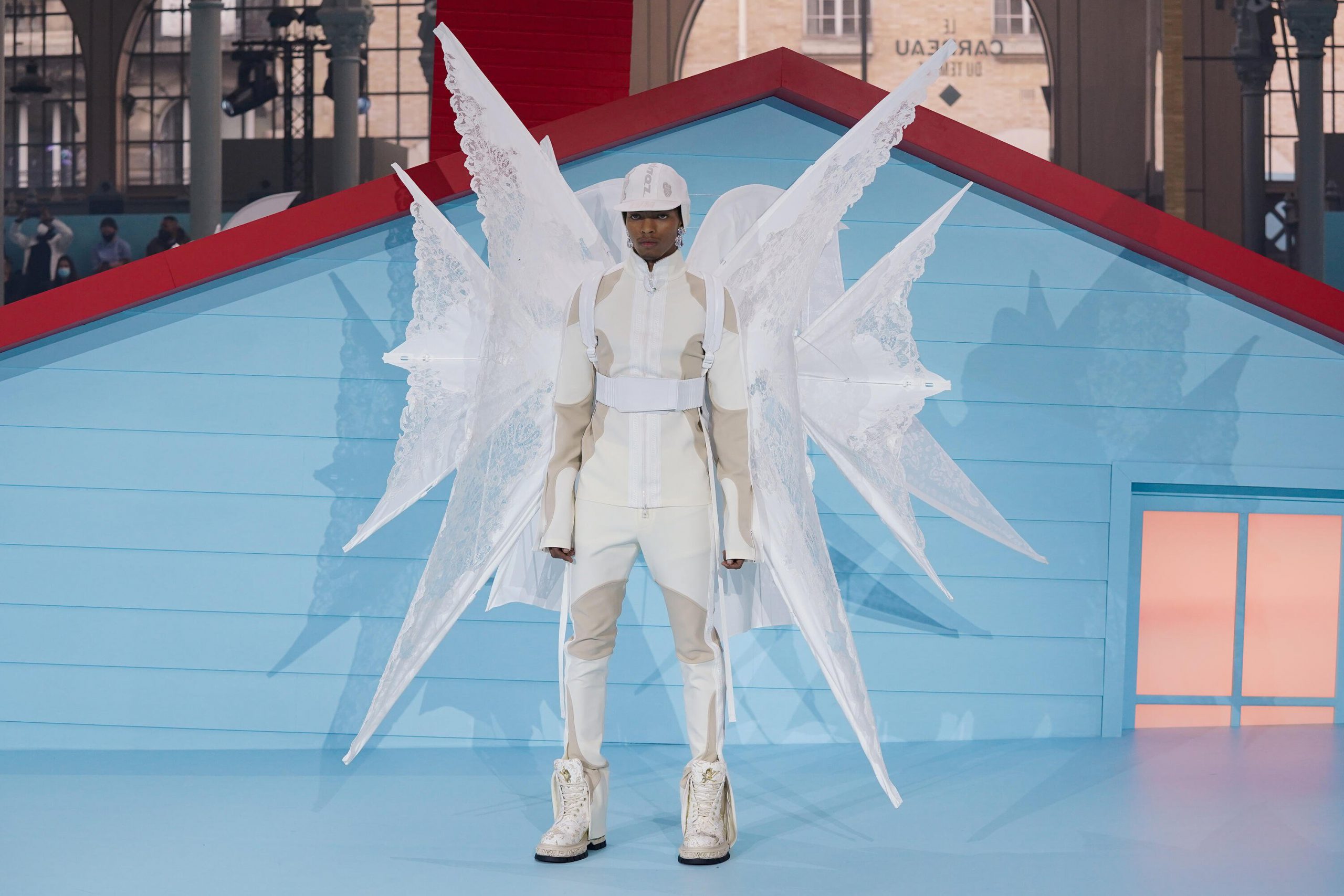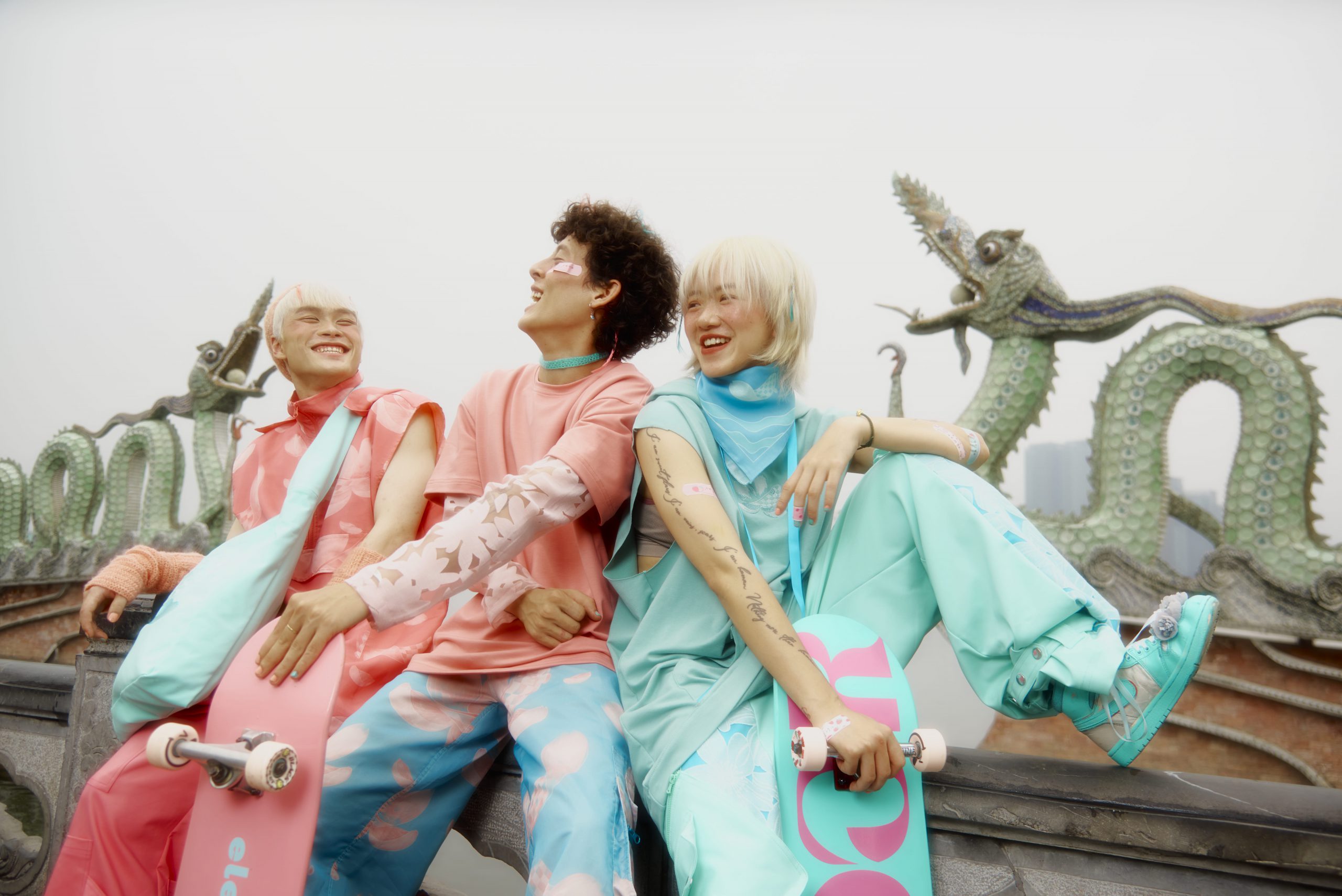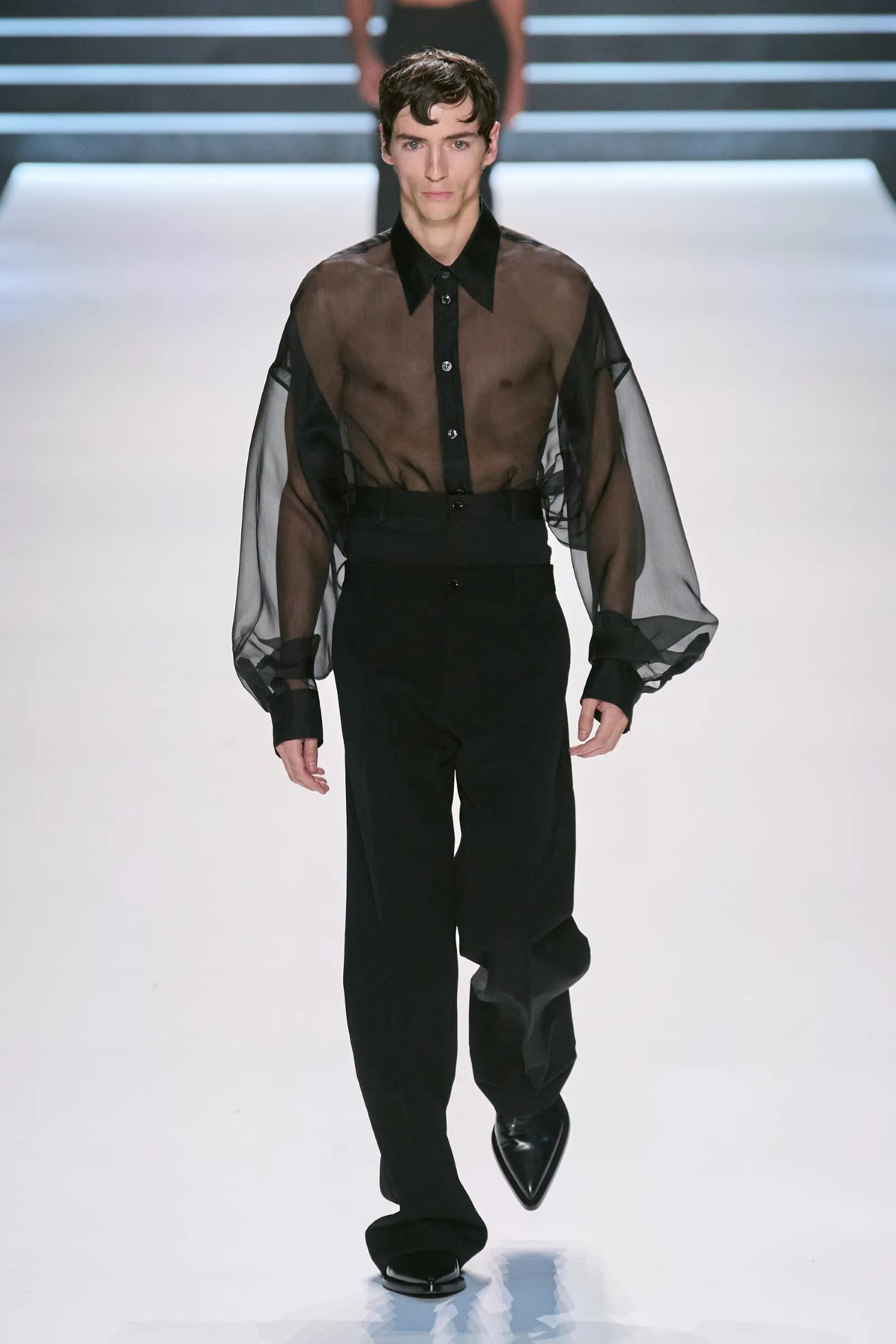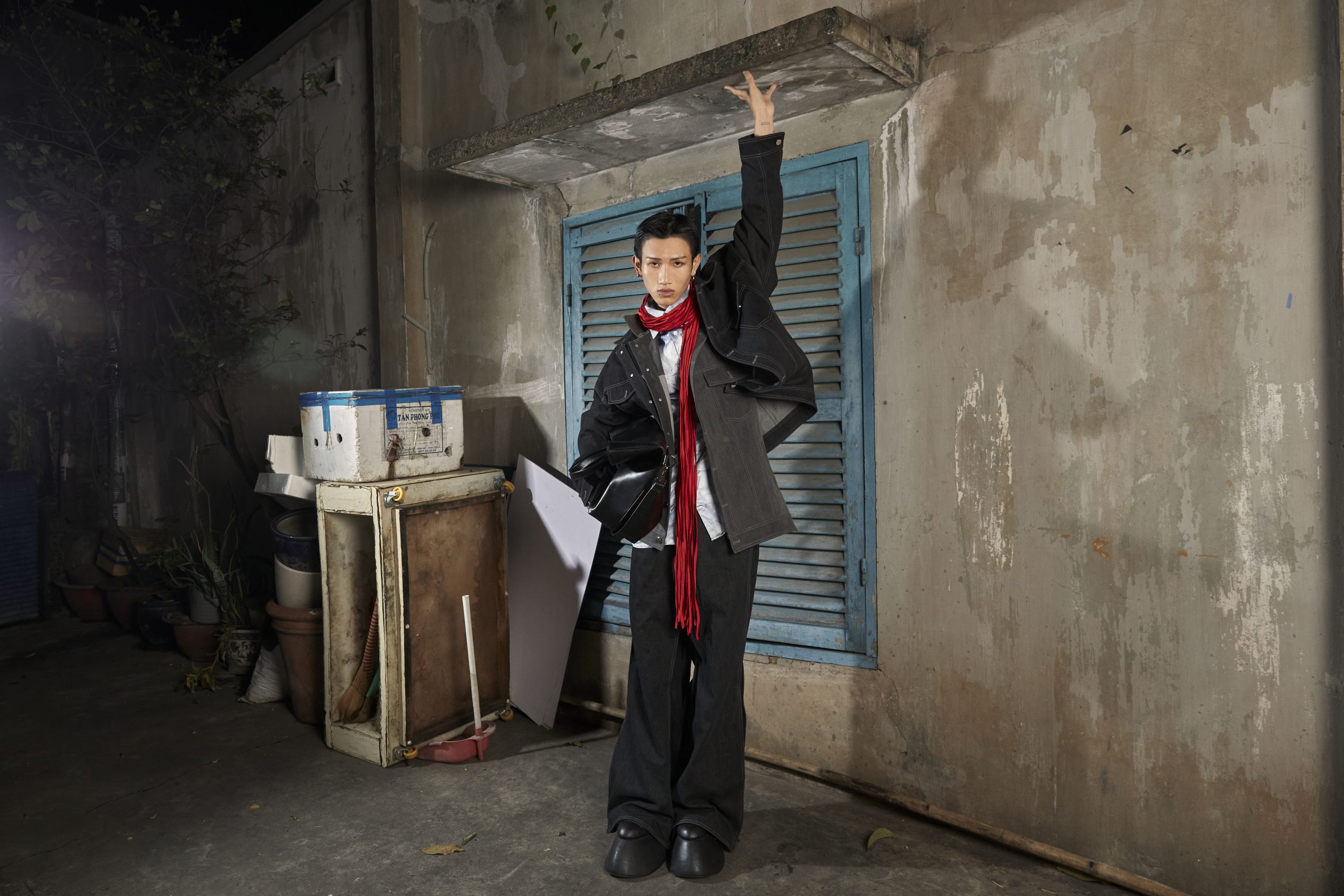Story LIEU CHUONG
Photos INTERNET
Masculinity is no longer defined only by images of muscles and power, but also by being a trailblazer and daring to be oneself.
In recent years, concepts of masculinity that were once marginalized or confined to the underground have moved squarely into the fashion mainstream.

GLOBAL FASHION LANDSCAPE
In January 2020, Gucci became the eye of the storm in public discourse on masculinity, with its controversial Fall/Winter 2020 collection taking center stage. For the first time, the concept of “toxic masculinity” was fervently criticized by Alessandro Michele in his sartorial odyssey to childhood. Through ensembles inspired by children’s attire, Alessandro eloquently conveyed his aspiration for a brave new world, where all individuals are treated with equality and are free from the shackles of gender binary constraints. The impassioned message of the Italian designer firmly established a springboard for the burgeoning blossoming of gender-fluid fashion and, more significantly, heralded the dawn of a new era for masculinity.

The latter part of the 2010s and the dawn of the 2020s marked a meteoric rise in global men’s fashion. Via social media, we witnessed the vibrancy of fashion enthusiasts worldwide toward men’s collections with diverse color themes. This style was pioneered by renowned brands such as Gucci (Alessandro Michele), Céline (Hedi Slimane), DIOR (Kim Jones), Jacquemus (Simon Porte Jacquemus) and Louis Vuitton (Virgil Abloh). These fashion houses also played a pivotal role in interweaving femininity into men’s attire. At DIOR, we can find the delicate subtlety of silk swaths wrapping suits, while at Gucci, the concept of childhood freedom serves as the foundation for the unisex dress and signature doll shoes. Céline, meanwhile, inherits Hedi Slimane’s wild yet gentle Rock ‘n’ Roll spirit through tight jeans, shiny leather jackets and ruffled collar shirts, while Jacquemus’s knitted crop tops reflect a liberal nomadic essence. Notably, during the era of Virgil Abloh, Louis Vuitton put forth an image blending high fashion and rugged streetwear. Feminine elements continued to make an appearance, especially in the form of a splendid white dress in the final collection of the legendary African-American designer. This trend was accompanied by many like-minded brands, such as Fendi, Prada, Versace, Saint Laurent, Dolce & Gabbana, Thom Browne, Palomo and Ludovic de Saint Sernin. Together, they have created a wave of gender-fluid fashion, which has had a profound impact on the industry and society at large.
SPREADING FASHION TRENDS IN VIETNAM
In Vietnam, the younger generations are rapidly embracing progressive notions of masculinity. Born and raised in the age of social media, Generation Z showcases an acute receptivity, drawing inspiration not just from fashion houses but also from the daring fashion style of male celebrities such as Harry Styles, Lil Nas X, Timothée Chalamet,

Jared Leto and G-Dragon. A surge of fashion brands emerged between 2019 and 2023, such as DUC Studio, ELENA NGN, CAO STU, FIGI Studios, and DDIX Saigon, which embody a creative philosophy that upholds fluidity and gender neutrality. These labels have garnered an overwhelmingly positive response from the fashion-forward community both domestically and abroad.
At student fashion shows at Van Lang University or Hoa Sen University, the fluidity of gender is vividly showcased through outstanding graduation collections and we see an increasing number of male students donning sheer tops or bodysuits as everyday attire. Even the renowned male singers of Vietnamese showbiz are not shying away from embracing somewhat feminine outfits. It is no longer a surprise to see Son Tung M-TP, HIEUTHUHAI, MONO, or Grey-D performing on large stages in tight-fitting clothes.

With the synergy of liberated thinking, feminism, and the belief in gender freedom, contemporary fashion emerges as a catalyst, wherein masculinity is no longer confined to the image of muscles and power. It has been dethroned by a concept that lies in the mindset of the younger generation: a pioneering spirit and the courage to be oneself.
RESPECTING DIFFERENCES
As someone who once lived within the traditional mold of what it meant to be a “real” man, it took me a great deal of time to allow myself to embrace the modern era’s refreshed perspective on masculinity. Consequently, persuading someone to accept the image of men wearing crop tops or skirts is not simply a matter of aesthetics or what’s deemed appropriate; it strikes at the very openness of one’s worldview. Faced with significant shifts in social attitudes, many still fail to find harmony, or even vehemently oppose such changes. However, new ideas do not emerge randomly without bringing a certain meaning to society.

Without seeking to erase traditional concepts of masculinity, new forms have brought important changes such as an increasing focus on the mental life of individuals. Ultimately, the vision we should aim for is not to distinguish between the right or wrong of any perspective, but to respect differences and leverage each other’s strengths for the mutual development of society.










